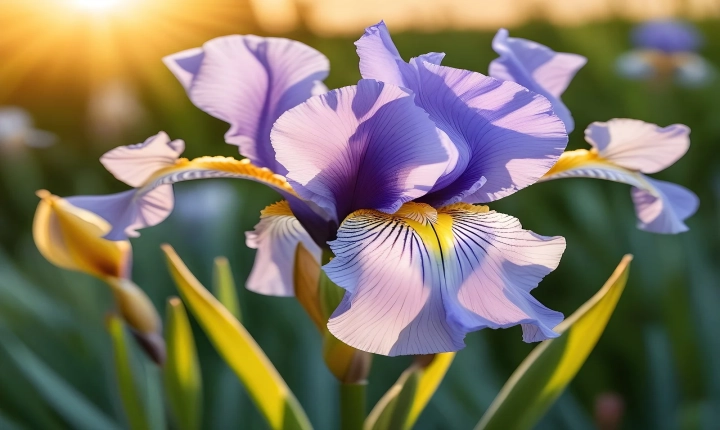Title: Exploring the Artistic Capabilities of ChatGPT: Can AI Create Art?
Art has always been considered a uniquely human endeavor, a product of creativity, emotional expression, and imagination. However, the landscape of art creation is evolving with the rise of artificial intelligence and its increasing capabilities. ChatGPT, a language model developed by OpenAI, has garnered attention for its ability to generate human-like text and engage in natural language conversations. But, can ChatGPT also be a tool for creating art?
The notion of AI-generated art raises intriguing questions about the nature of creativity and the human-machine relationship. While some may argue that AI lacks the emotional depth and subjective experiences that inform human artistry, others see potential in the fusion of human input and machine intelligence. In the case of ChatGPT, its text-generation abilities have been harnessed to explore the realms of creative writing, poetry, and storytelling. But can it extend its capabilities to visual art?
Mimicking Human Artistic Expression
Through its language generation capabilities, ChatGPT can be prompted to describe visual scenes, conceptualize abstract ideas, and even simulate art critique. This raises the possibility of using AI models like ChatGPT to explore and analyze existing works of art, providing unique insights and perspectives based on the underlying patterns and structures identified by the algorithm.
Additionally, ChatGPT can be instructed to generate textual descriptions of art, envision new artworks, or even collaboratively co-create with human artists by responding to their visual prompts. This collaborative potential opens up avenues for exploring the interplay between human creativity and AI algorithms, blurring the boundaries between the artist and the tool.
Visual Art Generation with ChatGPT
While ChatGPT’s primary strength lies in language processing, strides have been made in the realm of visual art generation by other AI models. The field of generative adversarial networks (GANs) and neural style transfer has enabled AI to produce images and even generate novel visual content. These techniques have demonstrated the potential for AI to create visually compelling artworks, leading to the merging of traditional artistic principles with algorithmic creativity.
Given ChatGPT’s text-based nature, the direct generation of visual art may appear beyond its current capabilities. However, by integrating with existing visual generation models or providing textual prompts for image creation, ChatGPT could serve as a bridge between language and visual art, enabling a more holistic and multi-modal approach to artistic expression.
Exploring Ethical and Philosophical Implications
The emergence of AI-generated art prompts ethical and philosophical considerations, raising questions about authorship, originality, and the nature of creativity. When AI is employed as a creative tool, questions arise regarding the role of the human artist, the ownership of the artwork, and the authenticity of the creative process.
Furthermore, the use of AI in art creation can lead to discussions about the democratization of art, accessibility, and the impact on traditional artistic practices. AI-generated art has the potential to challenge existing notions of artistic expression, leading to debates about the value and significance of human versus AI-generated artworks.
Looking Ahead: The Future of AI in Art
As AI technology continues to advance, the potential for AI to play a role in art creation cannot be overlooked. ChatGPT, along with other AI models, stands at the intersection of language, creativity, and visual expression, offering a glimpse into the evolving landscape of art and technology.
The integration of AI in art creation prompts us to reconsider what it means to be an artist and how we engage with the creative process. While AI may never fully replicate the human experience of art-making, its capabilities open new doors for exploration, collaboration, and innovation within the artistic realm.
In conclusion, while ChatGPT’s primary strength lies in natural language processing, its potential to contribute to art creation should not be dismissed. As AI continues to evolve and integrate with various artistic disciplines, the boundary between human and machine creativity becomes increasingly blurred, sparking new conversations and possibilities within the realm of art. The future of AI in art is ripe with potential, challenging us to re-evaluate our understanding of artistic creation in the digital age.
